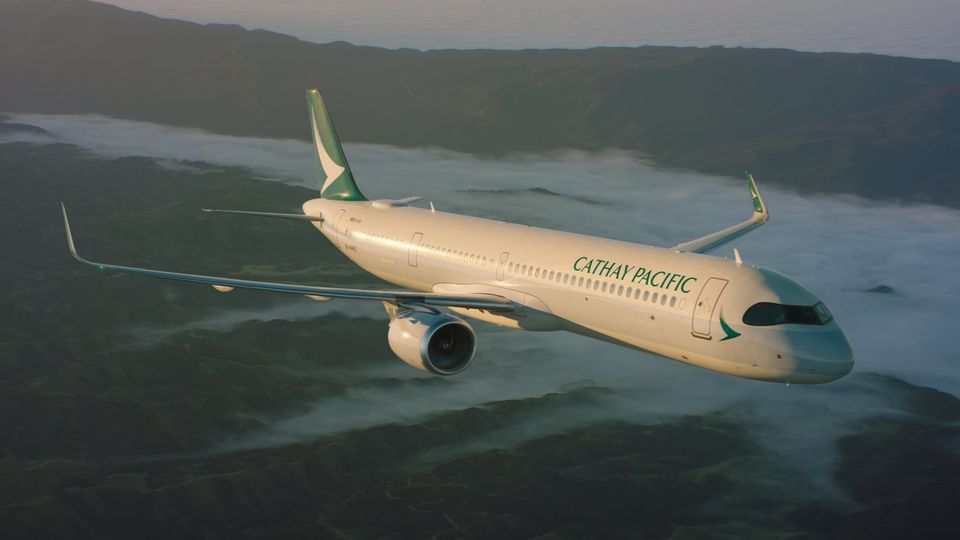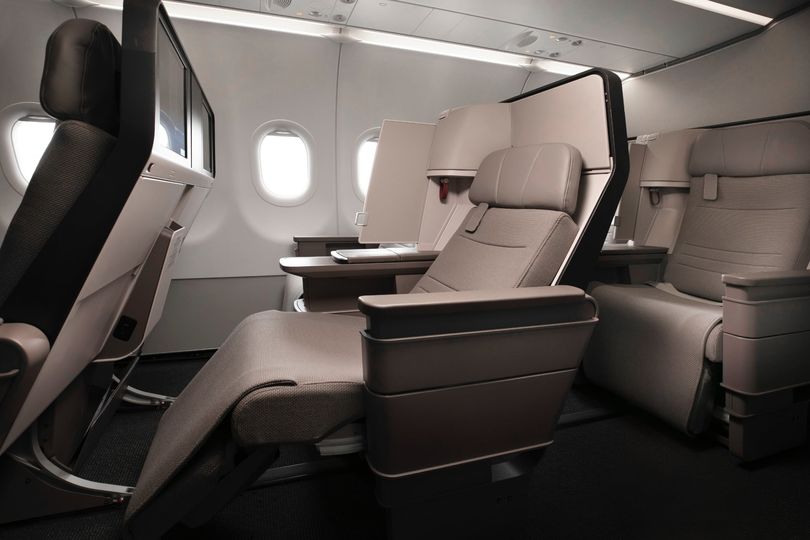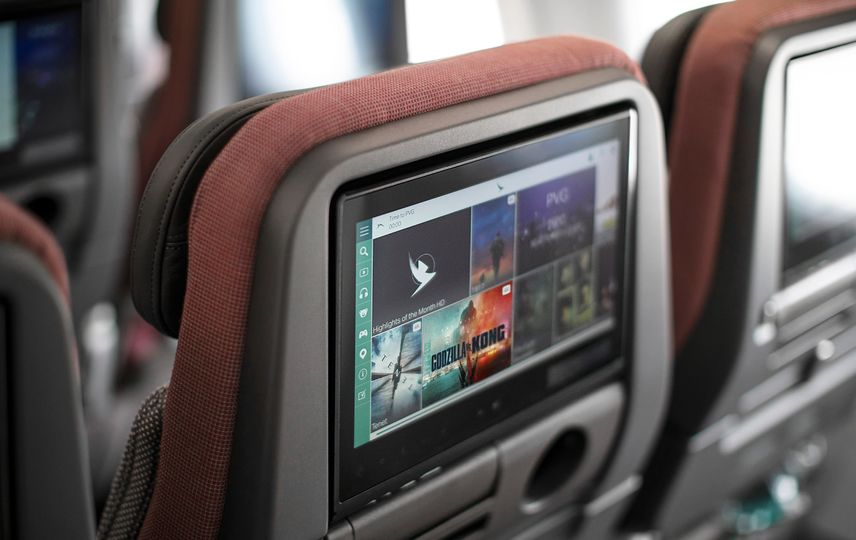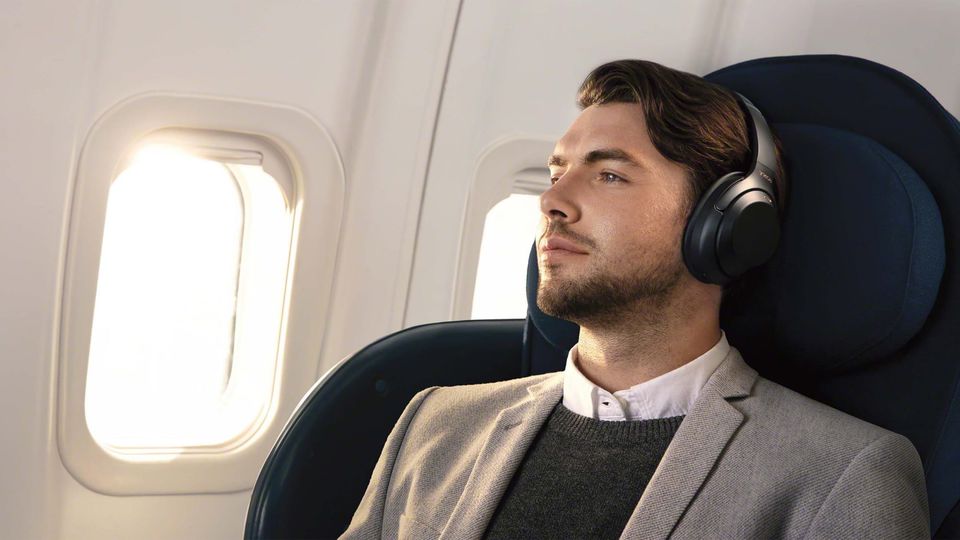With 4K screens and streaming Bluetooth, Cathay seeks to redefine IFE
With HD screens and movies, plus audio beamed to your high-end headphones, the only thing not supplied is popcorn...
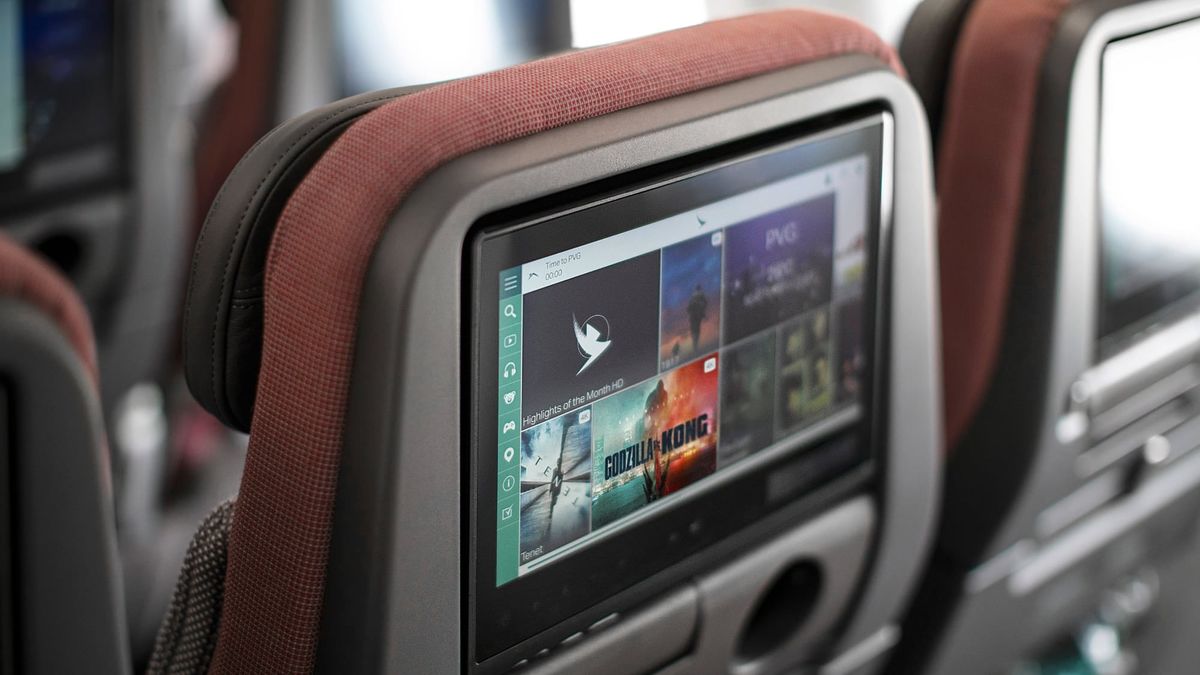
Your living room may already have an ultra-high definition 4K TV mounted on the wall. Your laptop could also boast a rich 4K UHD panel. Now those super-detailed screens are coming to your airplane seat – even if you’re in economy class.
They’re a showcase feature of Cathay Pacific’s new Airbus A321neo jets, which begin flying in early August to a handful of debutante routes in China and Taiwan.
More routes will follow as Cathay Pacific continues to take over the network of former regional arm Cathay Dragon, which was shut down and folded into its parent in October 2020 – a move that saw also Cathay Pacific inherit the 16 A321neo jets previously slated for Cathay Dragon.
Four A321neo aircraft are already in Cathay’s Hong Kong hangars, with two more to follow this year and a further ten across 2022-23.
They’ll all sport ultra-high definition screens from tip to tail, with 15.6” monitors in business class and 11.6” panels in economy – and there’ll be 4K content to go with them, says Guillaume Vivet, the airline’s Head of Customer Experience for Inflight Product.
“For launch we will have seven movies and also some TV documentary series in 4K,” Vivet told Executive Traveller.
“Some of the movies are new, like A Quiet Place II, and some are recent releases which can leverage 4K, such as Christopher Nolan’s Tenet and 1917.”
Vivet says the amount of 4K content offered through Cathay’s IFE library will continue to increase, but “passengers will notice the improved quality of the screens themselves on any shows they watch.
“It’s not just the outstanding resolution, it’s the colour depth, the ability to reproduce the image with better contrast and upscale content that’s not 4K… so it’s a really high-quality display that’s closer to what you might have at home on your TV or your laptop.”
The A321neo’s inflight entertainment system is built on the Panasonic NEXT platform, for which Vivet says Cathay Pacific is the launch customer ands which integrates hardware, software and services into a single almost Apple-like environment.
BYO headphones with Bluetooth streaming
Another headline feature of both Panasonic NEXT and Cathay's factory-fresh A321neo fleet is that every screen can stream Bluetooth audio directly to the passenger’s own headphones or earbuds.
It’s a smart play, especially considering how much money frequent flyers invest in noise-cancelling headphones, but it’s not without complications.
“Bluetooth is challenging on an airplane for two reasons,” explains Vivet, who joined Cathay Pacific in 2015 after almost a decade at Air Canada, where he also oversaw inflight entertainment and connectivity.
“One is that the 2.4GHz frequency used by Bluetooth is also used by WiFi, and there’s also the density of users in the cabin – outside of an airplane you don’t have 200 potential users of Bluetooth in such a small area.”
Vivet says that Cathay and its IFE partner Panasonic carried out extensive testing on the system “to make sure it can support all the passengers, and also so we don’t have interference with WiFi.”
However, Bluetooth audio streaming “won’t be there from day one” when Cathay’s A321neo flights begin with an August 4 inaugural to Shanghai.
“From the technical side we have done all the tests (but) we need to go through some more verification tests for the regulator in Hong Kong to demonstrate that we are meeting regulatory requirements.”
“So it won’t be there from day one but it’s not far off – we just don’t have an exact date. but we’re not talking many months, we’re talking weeks.”
Also being “progressively rolled out” is the inflight Internet system, which will connect passengers to the high-speed Intelsat 2Ku satellite service.
“Two of the A321neos already have WiFi, we need to finish installation on the others, but half of the fleet at launch will already be equipped,” Vivet says.
Power up with USB-C
To keep passenger’s technology topped up during the flight, every passenger has their own USB-A and USB-C power outlets handily located directly beneath the screen.
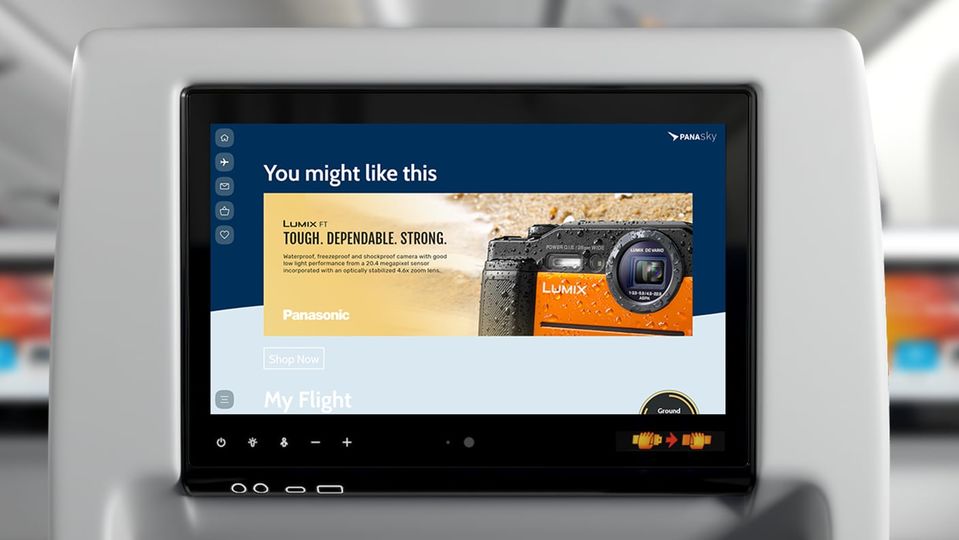
Vivet advises that both types of USB ports are rated for high power output, with the USB-C socket able to charge most modern laptops as well as tablets and smartphones.
However, while business class passengers also have access to an AC power socket, it’s USB-only for economy.
“USB-C has penetrated the laptop market so we felt comfortable in not having AC power sockets in economy,” Vivet says.
Also read: Asia Miles CEO sets a flightpath for the new “Cathay” superbrand
